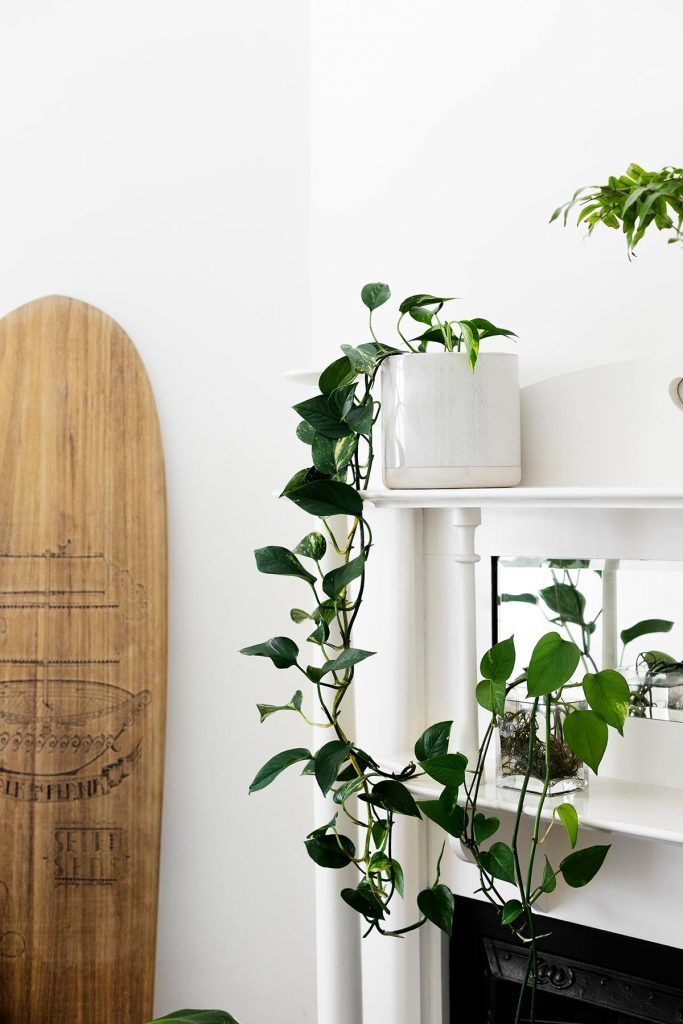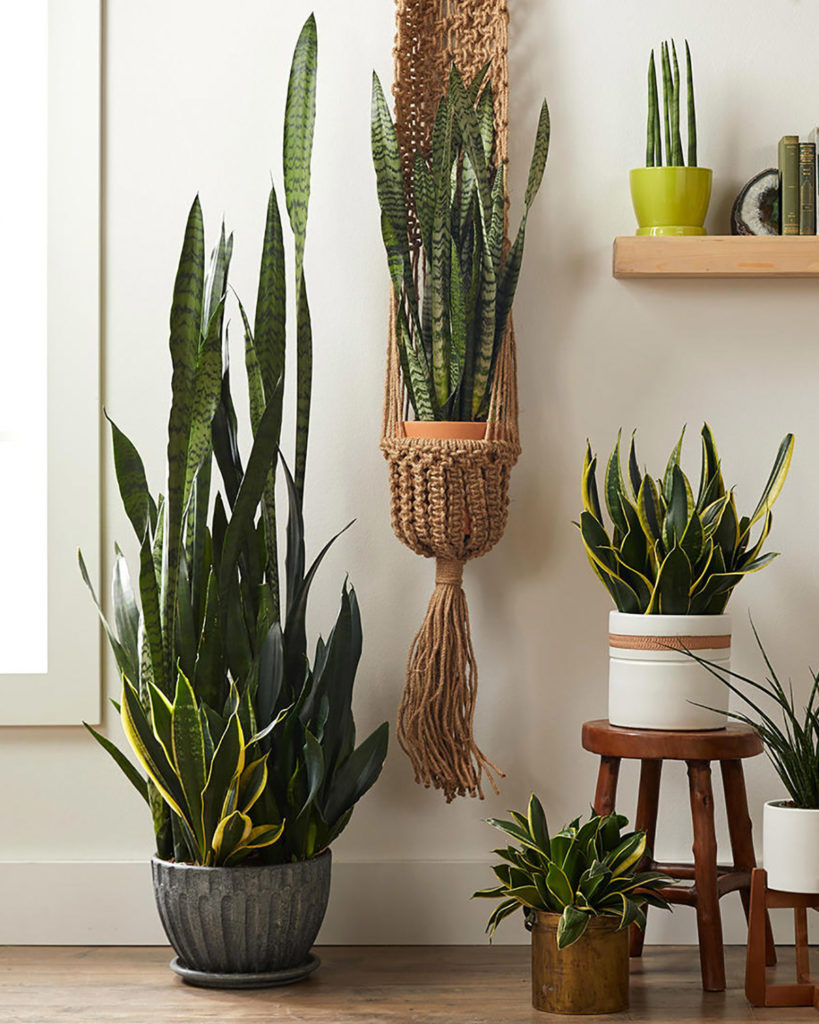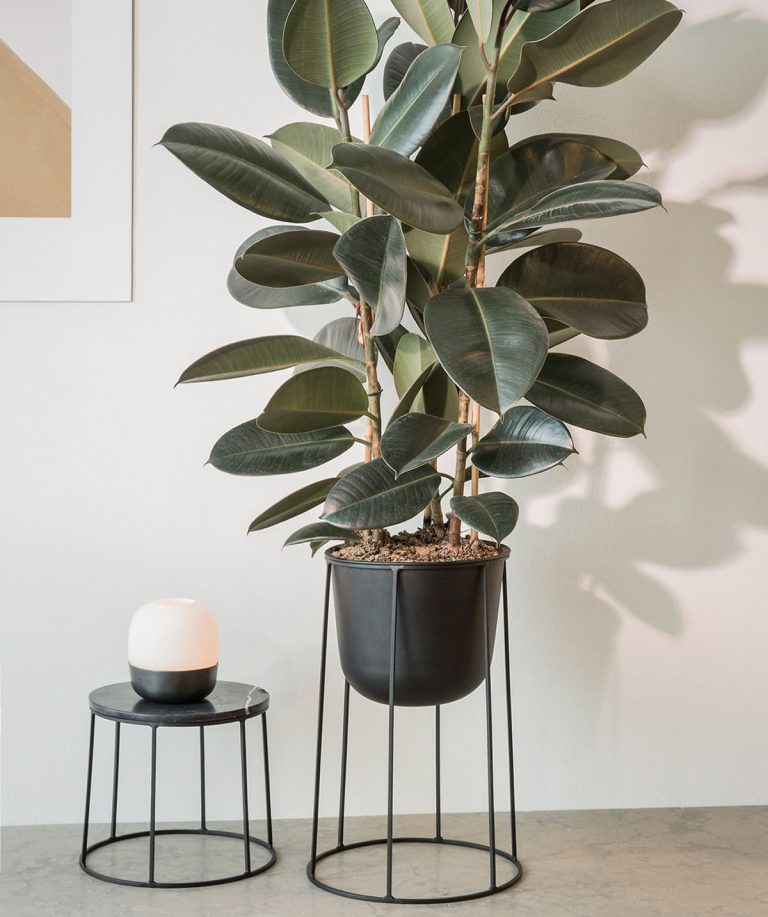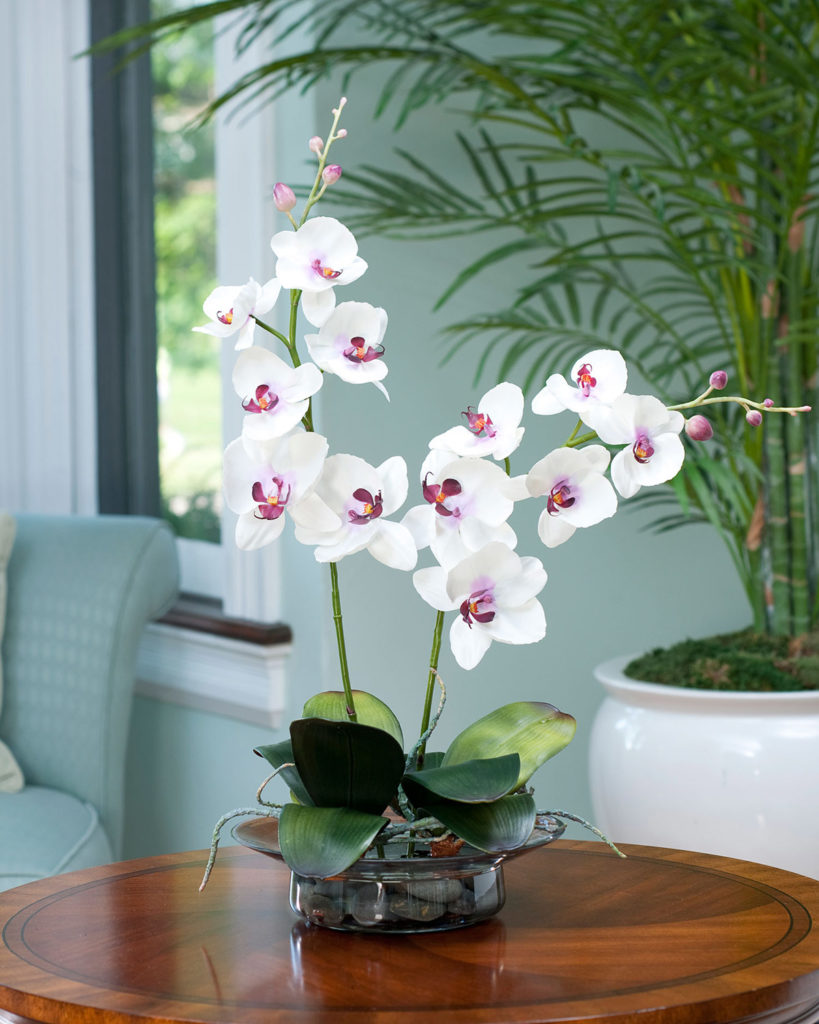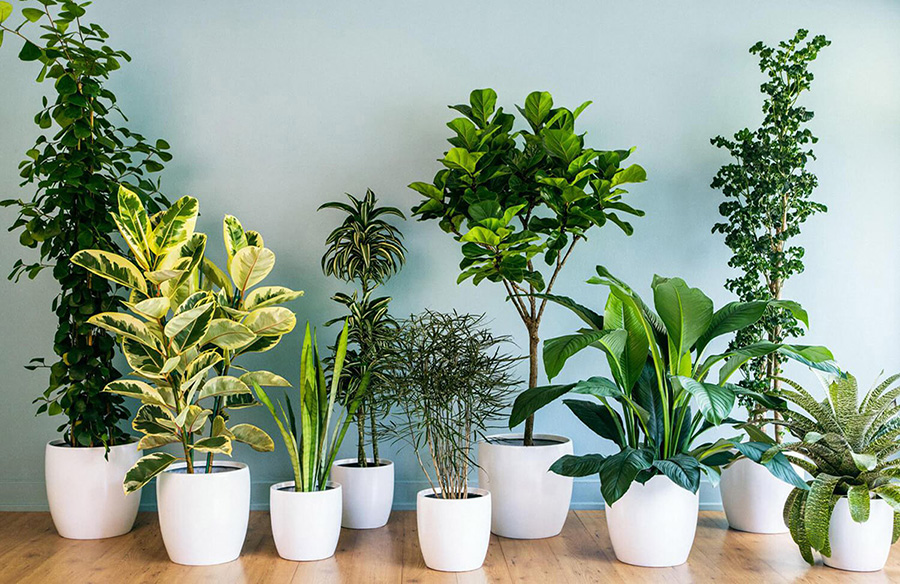
We chatted last week about how to treat your indoor plants nicely, but in actual fact, we should’ve started at the start – how to choose the appropriate indoor plant for you and your home. Here are seven factors you need to consider when curating your indoor plants.
1. Light
Some plants appreciate light and sun more than others. Generally, their light preferences are categorised as bright, medium, and low.
Low light is the category most internal rooms fall into, and lots of external rooms in winter also only experience low light. Ferns are particularly fond of low light rooms, as are cast iron plants, bamboo, and Peace Lillies.
Next up is medium-light. This is usually a room that gets plenty of light, but not necessarily direct, bright sun. The plants that like medium light are generally your more un-fussy species. Things such as Elephant Ear, lots of plants in the ivy family – Devils Ivy is our favourite – Begonias and Christmas Cactus.
If you’re lucky enough to have a space that gets bright sun for much of the day, opt for cactus, succulents, and anything in the fig family. Fiddle Leaf Figs have been a crowd favourite for a while now, though keep in mind you’ll need to keep an eye out for any leaf burn.
2. Temperatures
The vast majority of indoor plants are at their happiest ad healthiest when kept at a fairly steady 15 to 24 degrees celsius. Most homes and offices are kept within this range, so happy days for your foliage friends on that front. If you’re keeping plants in a room that fluctuates greatly, keep this in mind if you’ve got more delicate plants, especially if they’re near a window where temperatures can be significantly lower.
3. Space
Space! You might eye something small and beautiful at the plant nursery, but what size will it grow to? Understanding what space you have to work with and what the maximum pot size (plus some extra for foliage spread) you can house is, will go a long way to helping you decide which indoor plants are for you. Some plants will be happy to only grow as big as their pot allows, others will protest with ill health if they become root-bound. Plants in the ficus family, Umbrella Plants, Peace Lilies, and Aloe will all forgive you if you don’t keep on repotting them.
4. Watering requirements
I’m just going to come out and say it. Not all of us remember to water our plants. And by ‘not all of us’ I mean me. If, when you’re being completely honest with yourself, you know you’re probably not going to faff about with weekly waters, opt for something hardy. And forgiving. And not too thirsty. Snake Plant, Spider Plant, Rubber Plants, and Aloe will all (mostly) tolerate a bit of neglect.
5. Pets
There are some indoor plants that just don’t mix well with pets, particularly cats. Ficus, Azaleas, Monstera, Oleander, Lilies, Daffodils, and Elephant Ear are all poisonous to cats. I can’t tell you which you should choose between indoor plants and a cat, but let’s just say I really like my Monstera.
This is not an exhaustive list, do your own research for a full list of no-go plants if you’ve got feline family.
6. Humidity
Most indoor plants appreciate a bit of humidity, but plenty will be just fine without it. If you’re looking to add some greenery to your bathroom, where there’s probably low light and plenty of moisture in the air, we recommend Golden Pothos and Bamboo.
If you have a bit more light in your bathroom, we recommend a Watermelon Peperomia.
7. Blooms
If you were hoping to add some colour to your home through indoor blooms, there are plenty of indoor plants which will flower. African Violets can live for a long time and provide a pretty pop of colour. Be sure to water from the bottom and keep it nice and moist. Cyclamen are another good option, however can be difficult to get them to rebloom – they’re a bit of a one-hit-wonder. Orchids, particularly Phalenopsis Orchids aren’t nearly as finicky as you’d expect. They flower beautifully and just like indirect sunlight and water once a week(ish).
